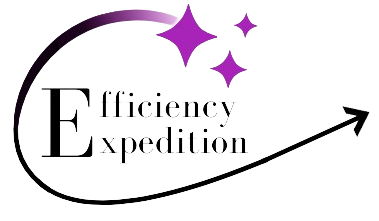I asked several colleagues, clients, friends, and family members what the term “quality” meant to them. The answers I received were so different, but the most curious thing is that they are all correct. Many students come into contact with the concept of “Quality” in higher education or in courses, workshops, etc., and many professionals start working in the field of quality and continue for years and years. However, if we ask what quality is, many will have doubts, hesitate, or even feel nervous, with a sense of embarrassment because they have never truly thought about this aspect.
What do you think of when you think of “Quality”? When we mention the word quality, people quickly think of something they like and that satisfies them, a product they bought, good customer service in a store, a restaurant that served a spectacular meal, booking a trip with a travel agency where everything went smoothly, a cleaning lady who leaves the house tidy and clean, a company with satisfied customers.
Let’s now look at a formal definition of the concept of”quality”: According to the international standard ISO 9000:2015, quality is the degree of satisfaction of requirements given by a set of intrinsic characteristics of an object. But what a complicated definition!! The truth is, it’s not. Let’s look at this concept in parts:

- Object – It can be a product, a service, a process, a person (e.g., Product: Steak; Service: Restaurant service; Process: Cooking the steak; Person: Restaurant employee).
- Set of intrinsic characteristics – This refers to the set of aspects of the object (e.g., Product: big/small, beef/pork/chicken; Service: One or more available people, very friendly/friendly, paper or digital menu; Process: Order reaches the kitchen, cook reads, turns on stove, takes steak from refrigerator,…cooks the steak; Person: tall/short, talkative/less talkative,…).
- Requirements – set of characteristics that the interested party seeks to find in the object.
And finally, who defines these requirements. The various interested parties: customers, employees of companies, shareholders, managers/administrators, suppliers, society, and the environment, regulatory entities with the legislation they publish…
Is quality the same for everyone? Of course not! For me, quality is Samsung, maybe for you, it’s iPhone. For me, quality is going on vacation by the sea, for you, quality may be going on vacation to a city. For me, quality is a rare steak, for you, quality may be a well-done steak. For me, it may not be important to be served by a friendly person, but for you, it may be crucial and the difference between using that service again or not.
That’s why it’s important to have processes, procedures, and rules that control the product/service and are capable of delivering it according to what the interested party wants, especially the customer.
Is quality synonymous with excellence? Yes, yes, yes, yes, yes!!! Do I need to repeat it again??
The examples I mentioned above are simply results of meeting the requirements of a product or service that met or even exceeded what the customer wanted. Yes, because quality can be exceeded, it can be surpassed!
If I expect something from a product/service and I am pleasantly surprised…most likely my expectation was exceeded. This means that, for me, that product/service didn’t just have quality, it had excellence.
Managing quality also means constantly striving for excellence, for improvement. In today’s market, this pursuit can be the difference between staying behind or growing more and more.
So, what is quality to you? The next time someone asks you what quality is, don’t have any doubts. Quality is meeting customer expectations, quality is always striving to do better and aiming for excellence. Quality is not just a checkbox to tick.


Leave A Comment